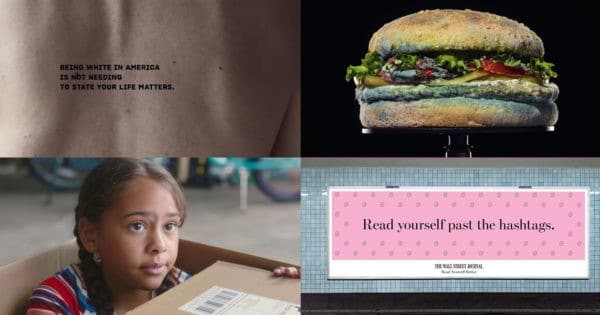Large Agencies Partner With Smaller Agencies to Create Ads
It’s the latest example of a symbiotic relationship that has developed in recent years between advertising’s giants and startup shops. Such investments allow holding companies or larger agencies to take a stake in shops not open to acquisition, while smaller shops gain scale and resources that could otherwise take years to build.
Staying lean yet scaling up
“We have this principle of audacious creativity,” Cartwright said. To accomplish that, he continued, “You have to be lean; you have to move quickly.”
He explained that this approach led to a model allowing for leadership to work directly with clients, leveraging occasional partner Grey’s capabilities and scale as needed while avoiding the processing that often slows the industry down.
One of the most celebrated creative agencies in recent years is David, partially owned by WPP’s Ogilvy and functioning within its network. David’s flagship Miami office has a team of around 30, allowing the agency, including its principals and creative leads, to work quickly and intimately with clients, something partner, global CCO Pancho Cassis said “doesn’t happen with bigger agencies from New York or in big networks.”
Cassis said the relationship is a win-win, with Ogilvy providing David with reach and strength while David gives the network a creative specialist that moves fast on big ideas.
“We can tell clients that there’s nothing that we can’t do,” Cassis explained, adding that the relationship works because David maintains a clear role as a boutique creative agency. “We’re not here to grow,” he said.
David Miami was recently named One Show Agency of the Year.
Perfect timing
After joining forces with WPP in 2013, The&Partnership gained a powerful media agency partner within its own walls in GroupM’s m/Six.
The&Partnership CEO, North America Andrew Bailey said that The&Partnership also gained scale and reach in addition to access to WPP’s digital and data capabilities while largely retaining its independence. The&Partnership and m/Six often work in conjunction, while also retaining separate client relationships.
At a time when marketers are strapped for cash, consolidating both services in one location can be an enticing option.
“Every client that I speak to today is in some throe of business transformation,” Bailey noted, struggling to make more content quicker and on a tighter budget, something he said has been accelerated by Covid-19.
Bailey said that having a variety of different agency partners was questionable before the pandemic, but was unsustainable in the current environment.
“Clients need us for a lot of different things. Small agencies can respond better to some and big agencies to others. Our model can do both,” Cartwright said.
Not just for holding companies
Such arrangements are not always free of setbacks.
“The tricky part of being part of a holding company is how much control you give up in terms of business decisions,” The Agency Sherpa founder Nancy Hill said, pointing out that MDC Partners began by investing in agencies in which it eventually acquired a majority stake.
Wieden + Kennedy’s investment in startup Callen in 2017 shows that there’s an alternate path.
Callen managing director David Hughes said the agency was lucky to have W+K’s backing, giving Callen the freedom to conduct its own business while maintaining an arrangement that has led to new partnerships and better creative.
Hill said she’s seen “a lot of sharing between [independent] agencies” during the pandemic and “would not be surprised to see larger independent agencies partnering with other agencies” in the future.


